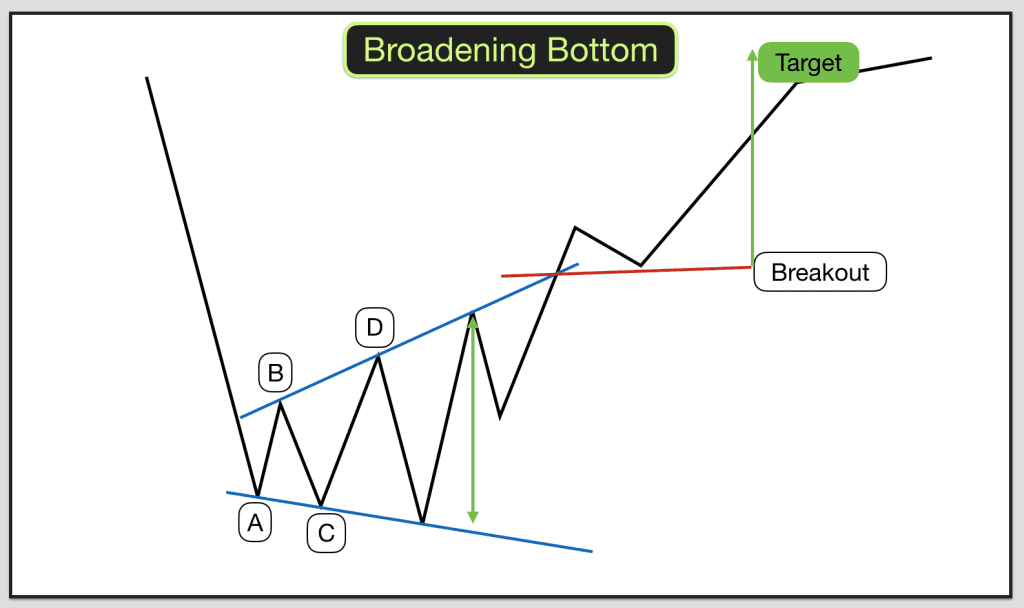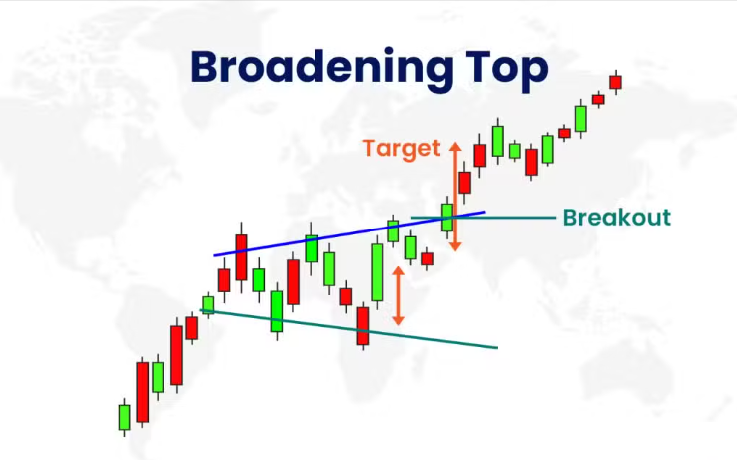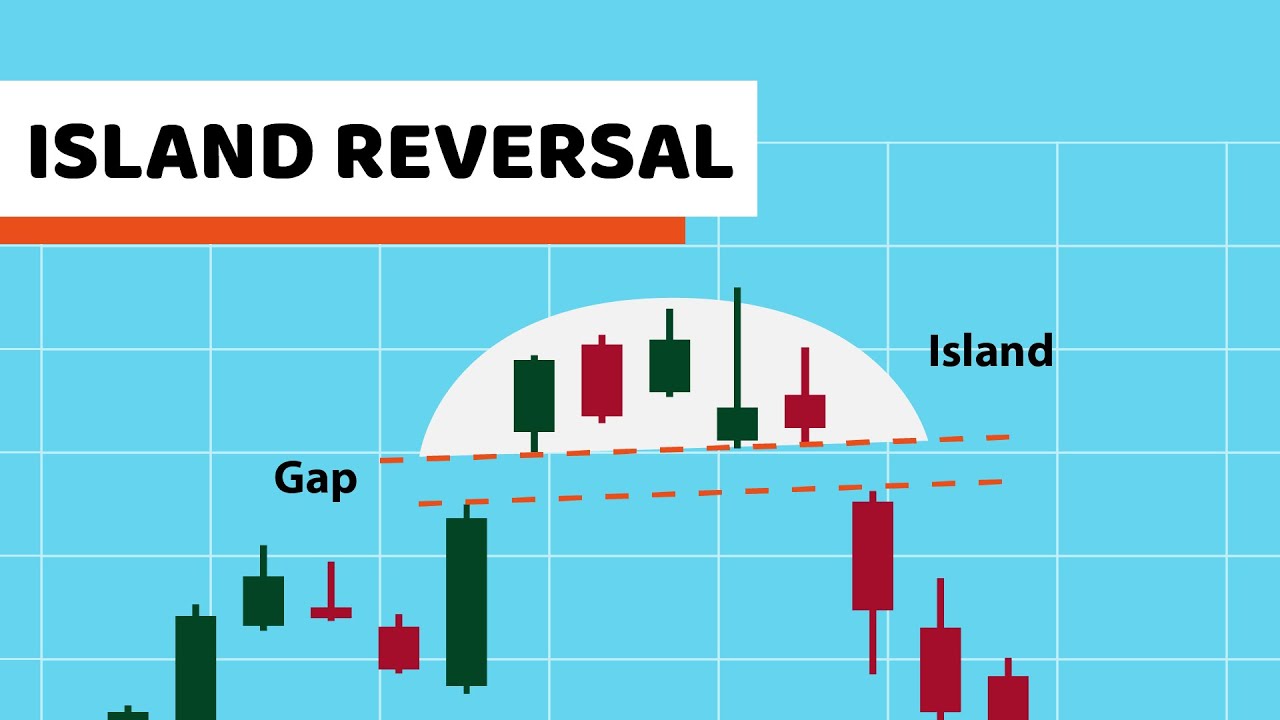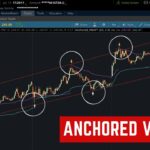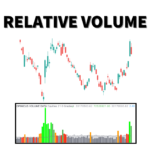
By ATGL
Updated November 21, 2024
The structure of a business acquisition fundamentally shapes its outcome. Asset purchases and stock purchases represent two distinct paths forward, each carrying unique implications for buyers and sellers in today’s market environment.
Understanding the Basics of Each Purchase Type
In an asset purchase agreement, the buyer acquires specific assets and liabilities from the target company. These assets might include equipment, inventory, intellectual property, and customer contracts. The buyer maintains control over which assets and liabilities to accept, similar to implementing a stock market sector rotation strategy where investors select specific sectors for investment.
A stock purchase, alternatively, involves acquiring ownership of the entire corporate entity through its shares. This transaction transfers all assets, liabilities, and obligations to the buyer, making it comparable to a buy-and-hold strategy where investors commit to the complete package of a company’s stock.
Stock vs. Asset Purchase: Exploring the Pros and Cons
Each acquisition structure presents distinct advantages and trade-offs that influence the final transaction outcome.
Pros of Asset Purchases
Selective Retention of Assets and Liabilities
Asset purchases provide buyers with the flexibility to choose specific assets while avoiding unwanted liabilities. This selective approach allows buyers to acquire only the most valuable components of a business, potentially leading to better stock returns on their investment. Buyers can effectively “cherry-pick” profitable business segments while leaving behind underperforming assets or divisions that could drain resources.
Potential Tax Benefits
Asset purchases often offer tax advantages through the step-up basis of acquired assets. This increased basis allows for higher depreciation deductions, potentially reducing future tax obligations. These tax benefits can significantly impact the overall return on investment, particularly in acquisitions involving substantial physical assets or equipment.
Flexibility in Transaction Structure
Buyers can structure the deal to acquire specific business segments or exclude others, providing greater control over the acquisition process and future operations. This flexibility extends to payment terms and timing, allowing buyers to negotiate staged acquisitions or performance-based purchase prices that align with their capital availability and risk management strategies.
Cons of Asset Purchases
Complexity in Agreements and Valuations
Asset purchases require detailed identification and valuation of each asset, making the due diligence process more complex and time-consuming. This complexity often necessitates extensive professional services from accountants, attorneys, and valuation experts, increasing transaction costs and resource requirements.
Potential Time-Consuming Processes
The need to transfer titles, obtain third-party consents, and reassign contracts can extend the timeline for completing the transaction. These delays can impact business operations and potentially result in lost opportunities or revenue during the transition period.
Challenge in Transferring Contracts
Many contracts require consent from third parties for assignment, which can complicate the transfer process and potentially disrupt business operations. Key vendors, suppliers, or customers may use this opportunity to renegotiate terms, potentially altering the anticipated value of the acquisition.
Pros of Stock Purchases
Simplicity of the Transaction
Stock purchases typically involve a straightforward transfer of ownership through share acquisition, streamlining the transaction process. This streamlined approach often results in lower legal and administrative costs compared to asset purchases, particularly for businesses with numerous assets or complex operations.
Control Over Human Capital and Resources
Buyers acquire the entire organization, including its employees and established business relationships, maintaining operational continuity. This continuity proves particularly valuable in knowledge-based industries where employee retention and existing client relationships directly impact business value.
No Need for Asset Revaluation
The acquired company’s assets maintain their existing tax basis, simplifying accounting procedures and reducing transaction complexity. This continuity in asset valuation eliminates the need for complex fair market value assessments and reduces the risk of post-transaction disputes over asset values.
Cons of Stock Purchases
Assumption of Pre-Existing Liabilities
Buyers inherit all known and unknown liabilities, including potential legal issues, tax obligations, and environmental concerns. This comprehensive transfer of liability exposure necessitates thorough due diligence to identify potential risks, including historical compliance issues that may not be immediately apparent.
Potential Tax Implications on Gains
Stock purchases may result in higher tax obligations due to the inability to step up the basis of acquired assets. This tax structure can significantly impact long-term investment returns, particularly in cases where the acquired company holds substantial depreciated assets.
Risk of Cultural Integration Issues
Acquiring an entire company can present challenges in merging different corporate cultures and management styles. These integration challenges often extend beyond immediate operational concerns to impact employee morale, productivity, and retention rates in the months following the acquisition.
Asset vs. Stock Purchase: Considerations for Buyers and Sellers
When evaluating transaction structures, there are several factors at play.
Buyers should think about:
- Risk tolerance regarding unknown liabilities
- Tax implications and potential benefits
- Operational integration requirements
- Future business objectives
- Available financing options
Sellers should consider:
- Tax consequences of the transaction
- Potential ongoing liabilities
- Transaction timeline preferences
- Employee retention objectives
- Legacy considerations
Perfect Your Investment Strategy With Above the Green Line
Strategic business acquisitions demand sophisticated analysis and precise execution, whether through asset or stock purchases. Above the Green Line provides comprehensive resources and tools to enhance your investment strategy. Our membership services offer advanced analytical tools and expert insights to optimize your investment decisions. Join our community of informed investors to access professional-grade investment resources and strategic guidance.
Asset Purchase Agreement vs. Stock Purchase FAQs
What is a drawback of acquiring assets instead of acquiring stock?
A significant drawback of asset acquisition involves the complex and time-consuming process of transferring individual assets, obtaining necessary third-party consents, and negotiating new contracts. This process typically requires more extensive due diligence and documentation compared to stock purchases.
What is the benefit of an asset purchase?
Asset purchases provide buyers with the flexibility to select specific assets while avoiding unwanted liabilities. This selective approach offers potential tax advantages through stepped-up basis in acquired assets and greater control over the transaction structure.
Do sellers prefer asset or stock sale?
Sellers typically prefer stock sales due to potentially favorable tax treatment and the ability to make a clean break from the business. Stock sales often result in capital gains treatment for the entire purchase price, while asset sales may result in ordinary income treatment for certain assets.
What is the best asset to make money?
The optimal asset for generating returns varies based on market conditions, investment objectives, and risk tolerance. Diversified investment portfolios typically include a mix of stocks, bonds, real estate, and other asset classes to balance potential returns with risk management.


